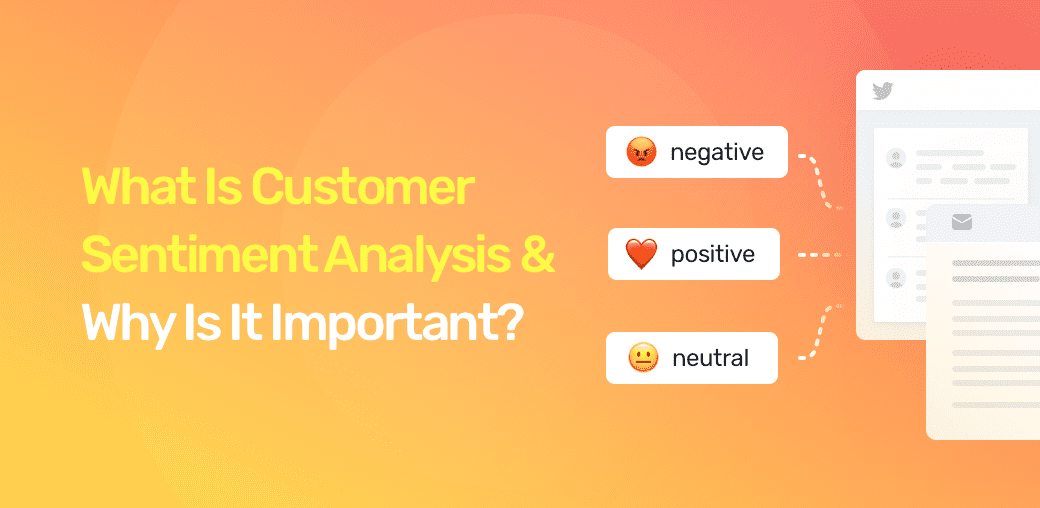Why Sentiment Analysis Is Important?
Sentiment analysis is of paramount importance in today’s data-driven landscape. It is a computational technique that extracts insights from text data by determining the emotional tone or sentiment expressed within it. This technique has widespread applications and significant implications across various sectors.
In the realm of business, sentiment analysis is a game-changer. It enables companies to gain real-time insights into customer opinions, attitudes, and preferences. By analyzing customer reviews, social media comments, and feedback, businesses can assess customer satisfaction, identify areas for improvement, and tailor their products and services accordingly. This not only fosters customer loyalty but also enhances competitiveness in the market.
In the financial world, sentiment analysis has revolutionized trading and investment strategies. Traders use it to gauge market sentiment by analyzing news articles, social media chatter, and financial reports. Understanding the collective sentiment of market participants can help investors make informed decisions and mitigate risks.
In politics and governance, sentiment analysis aids in understanding public opinion. Politicians can use it to track sentiment trends, prioritize issues, and fine-tune their messaging to resonate with the electorate. Additionally, sentiment analytics plays a role in crisis management, helping governments respond effectively to public sentiment during emergencies.
Furthermore, in healthcare, sentiment analytics can improve patient care by analyzing patient feedback and reviews. Healthcare providers can identify areas needing improvement, enhance the patient experience, and ultimately save lives.
Overall, sentiment analysis is a vital tool that transforms unstructured text data into actionable insights. It empowers businesses, governments, and individuals to make data-driven decisions, adapt to changing sentiments, and stay relevant in an increasingly digital and interconnected world. Its importance will only continue to grow as the volume of textual data expands, solidifying its place as a cornerstone of modern analytics.
